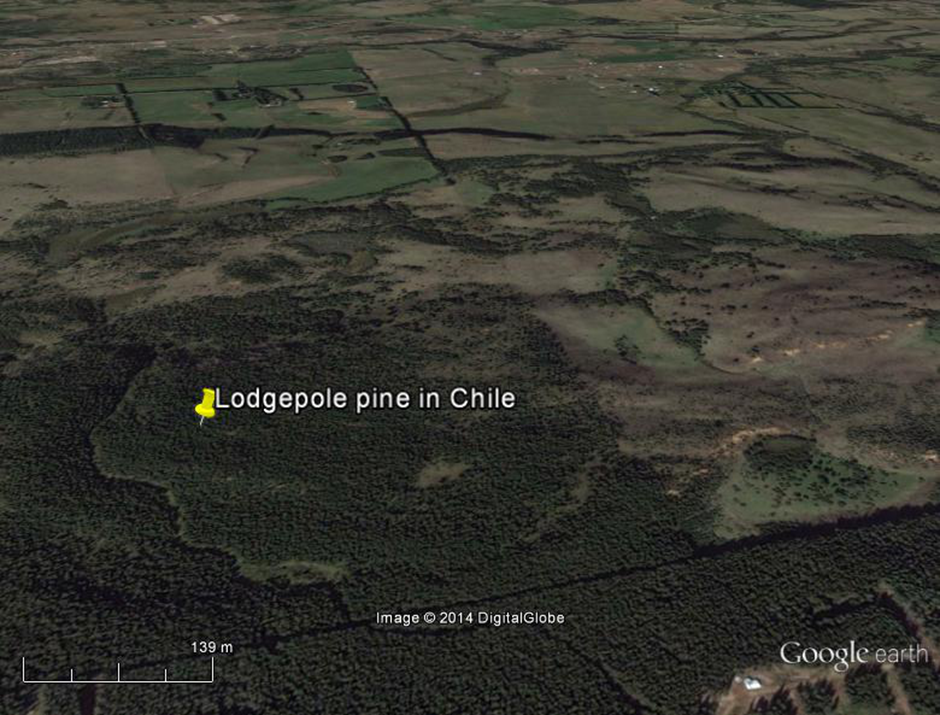Lack of coherence in the warming responses of marine crustaceans
Determining the extent to which organisms are able to tolerate and respond to climate change is important for assessing species vulnerability and informing strategies for biodiversity management. Recent work has demonstrated that responses to warming may be less variable and more predictable in marine than in terrestrial organisms.





